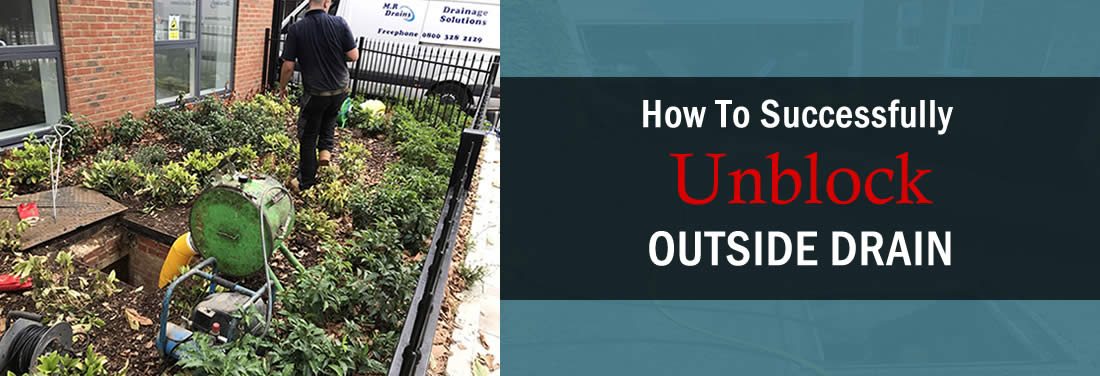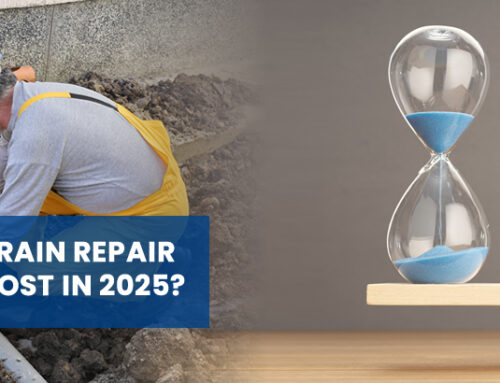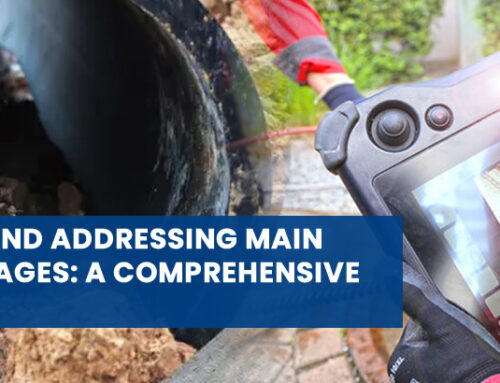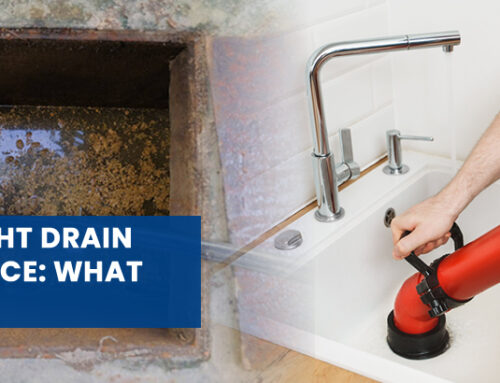Blocked drains can be a handful for property owners. Blocked drains could lead to foul reeks, flooding, property damage, or a threat to your health and the people around you. If the blocked drain happened within your vicinity, it’s your responsibility to get it fixed. You can always get help from your local water company, but you would want to supervise it since it’s within your property.
But what if the drain is outside your property, meaning you’ll have no responsibility for it, but it keeps you bothered the same, what will you do?
Outside Drainage
Before understanding what’s the best way to solve an outside drain problem, you would want to know first the damage it caused to your structure’s exterior. The fix that’s going to happen on the outside blocked drain would depend on the elements that were affected by the blockage. Below are some of the possible elements that get affected by the blockage.
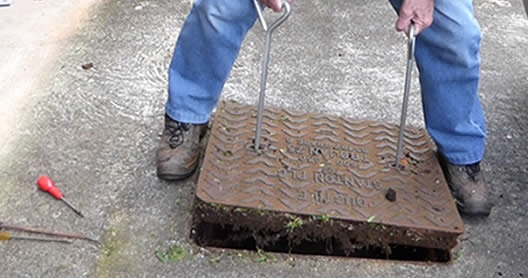
Maintenance Hole Chambers
Maintenance hole chambers are also known as inspection chambers. Maintenance hole chambers are entry points to the underground drainage system. Personnel often use these entrances for fixing some damaged parts of a drainage system.
- They can be typically found:
- The point where the main drainage meets a branch pipe.
- The point where the pipe changes in direction by more than 30 degrees.
- The pipe runs over 22 metres long.
Downspouts or Rainwater Pipes
Downspouts are part of the elaborate roof drainage system that helps lead rainwater down the property. Downspouts have rain gutters that are half pipes, strategically placed beneath a property’s roofing. They prevent rainwater from going inside the property by leading it outside your property’s walls and windows. The rain gutters are connected to rain pipes that ran vertically down to your property’s ground level.
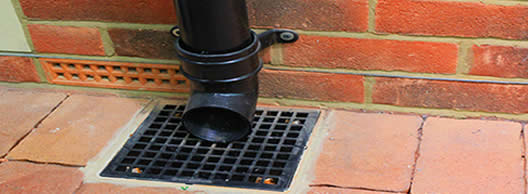
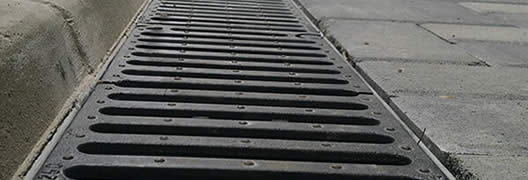
Surface Water Drains
Surface water drains are also a part of the drainage system where it collects surface water like rainwater, melted ice, and the likes. It can be located in any part of your property as long as it can comfortably transport water to the drainage system. Eventually, the water collected from surface water drains leads to natural bodies of water like the sea or rivers.
Foul Water Drains
Foul water drain is in charge of collecting foul water or heavily contaminated water. These waters came from toilets, sinks, showers, and baths. Foul waters are kept separate from surface water to prevent our seas and rivers from human waste contamination. Instead, foul waters lead to a treatment facility, where the water is recycled into clean water.

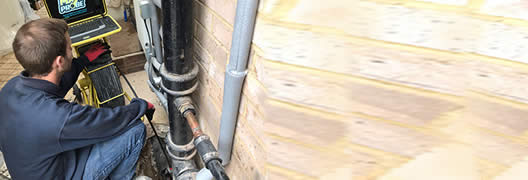
Soil Vent Pipes (SVPs)
SVPs are also called drain-waste-vent (WV). These types of pipes carry sewage or foul waste to the underground sewer system. The pipes of these sewer networks go up to the roof to release the foul smell up to the atmosphere.
SVPs are often fitted externally, but it can be installed inside the walls.
Combined Drains
Combined drains date back to the Victorian era if your house was just recently built, your structure might not include combined drains. Since the 1950s, the inclusion of combined drains in house structures has been eliminated due to some sewage system problems. If your house was from a Victorian era and hasn’t been renovated since, you might still have a combined type of drains.
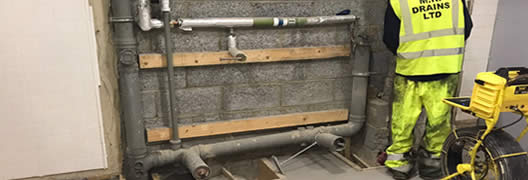
How to Unblock an Outside Drain
Below are some of the steps to unblock an outside drain:
1) Inspection:
The first thing to do is to conduct a visual inspection of the area in which a blocked drain is present. Try to find out why it is blocked in the first place. Usually, blockage on external drains is built up of debris, leaves, silt, human waste, household food, fat, oils, and the likes. There are times when a simple build-up didn’t cause the blockage, the problem could be buried deep down, so it won’t be instantly visible. You can remove the maintenance hole covers yourself for inspection, but don’t attempt to go inside if you’re not a professional. Aside from visual inspection, you can also try inspecting through the use of your other senses.
- Smell: Foul smells
- Noises: Gurgling noise inside the plughole
- Toilet drainage: The water does not easily flush, and in some instances, it rises.
- Sink drainage: Water doesn’t drain fast enough into the sink.
2) Do it Yourself Solutions:
- There are things that you can do to unblock drains outside of your property. If you think a foul water pipe is blocked, run your water into the sink and observe. If a rainwater pipe is blocked, pour water into the pipe and observe.
- If you want to remove the blockage, use a drain rod or plumber’s auger. If the blockage is simply caused by a build-up of leaves and debris, wear your protective glass and manually remove it.
3) Expert Solutions
If you think the problem can’t be done by the regular usage of the drain rod or plumber’s auger, you’ll need an expert solution. The ideal agency to call is something that is near your vicinity because they mostly know the area and the sewage design of the place.
Here at Mr. Drains, we carry out an in-depth inspection using CCTV video footage and 360 ? camera technology. Our inspection methods go deep within cavities. After locating the problem, our reliable personnel can easily devise a plan because they have collected enough experience to see all sorts of drainage problems.
4) Prevention
Still, the best way to go is prevention. To not go through the hassle of scheduling and paying someone to block your drains, try to follow some preventive guidelines instead. Avoid flushing or dumping the following waste into your drainage entry points (i.e., sink, toilets, and the likes).
- Fats, oils, and grease (FOG)
- Wet wipes
- Nappies and pads
- Sanitary products
- Tampons, applicators, and wrappers
- Condoms
- Razor blades
- Bandages and plasters
- Dental floss
- Medicines and syringes
- Cotton buds
- Hair

